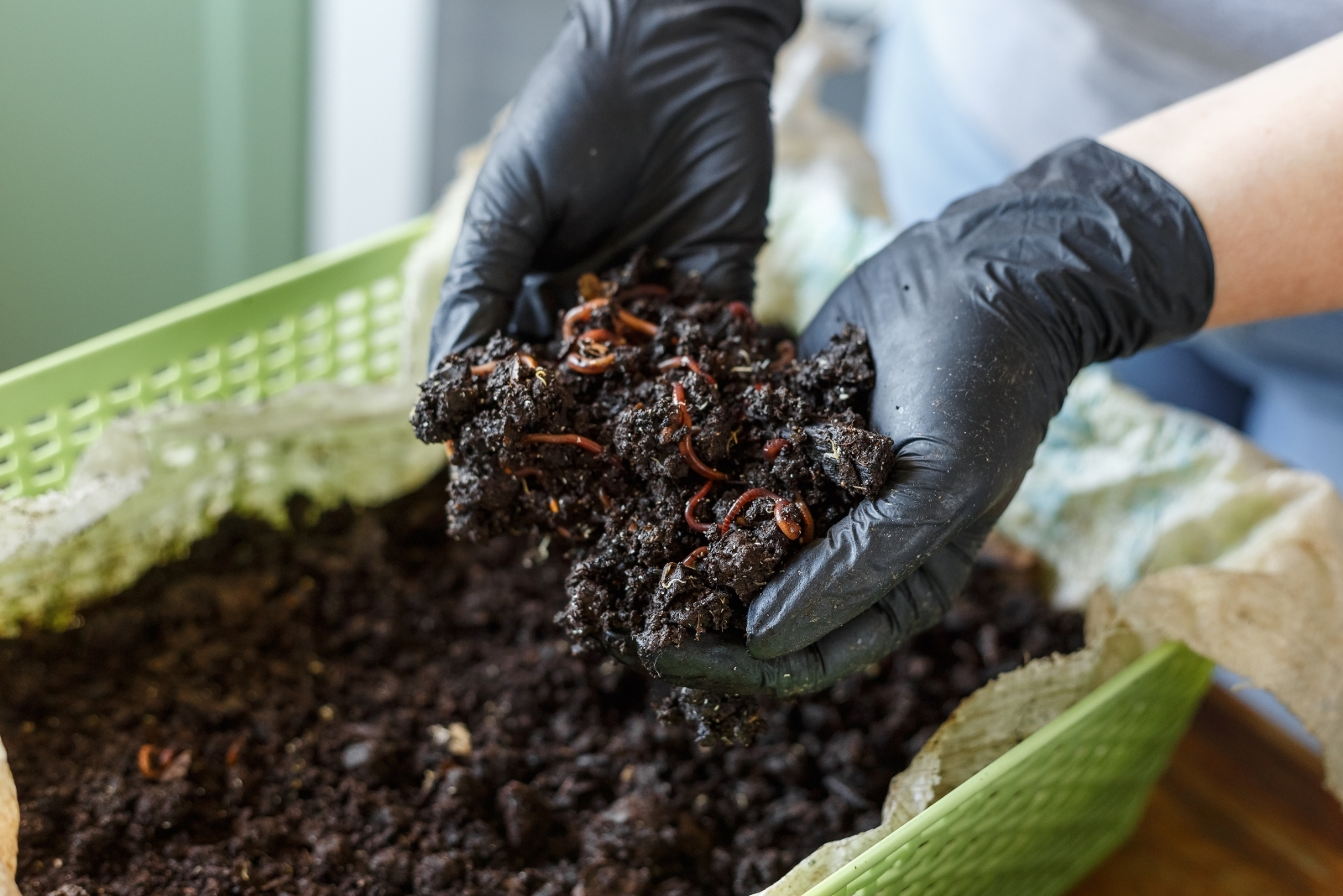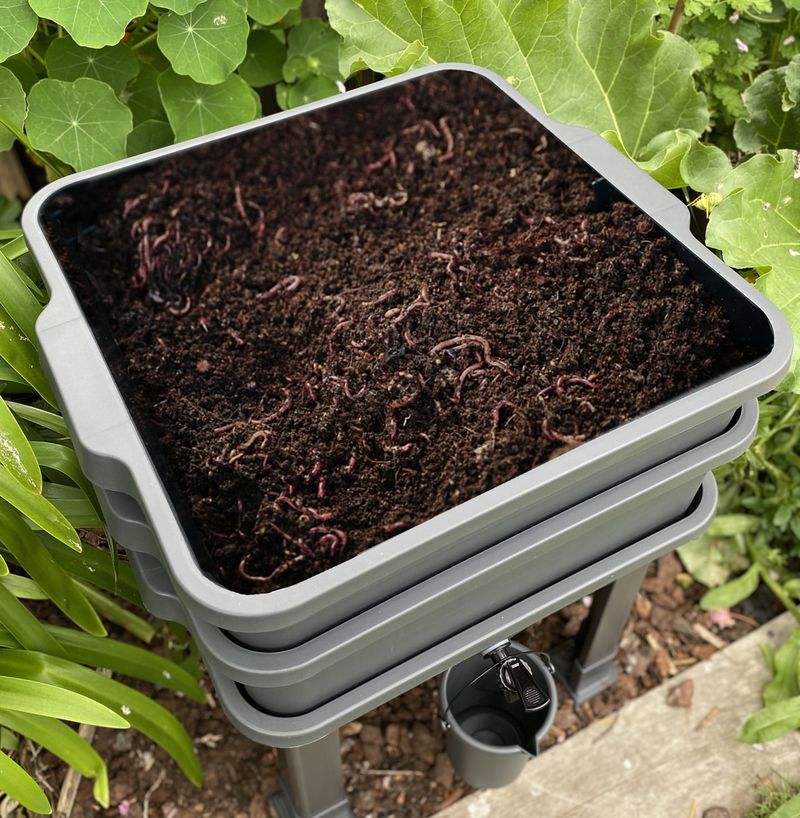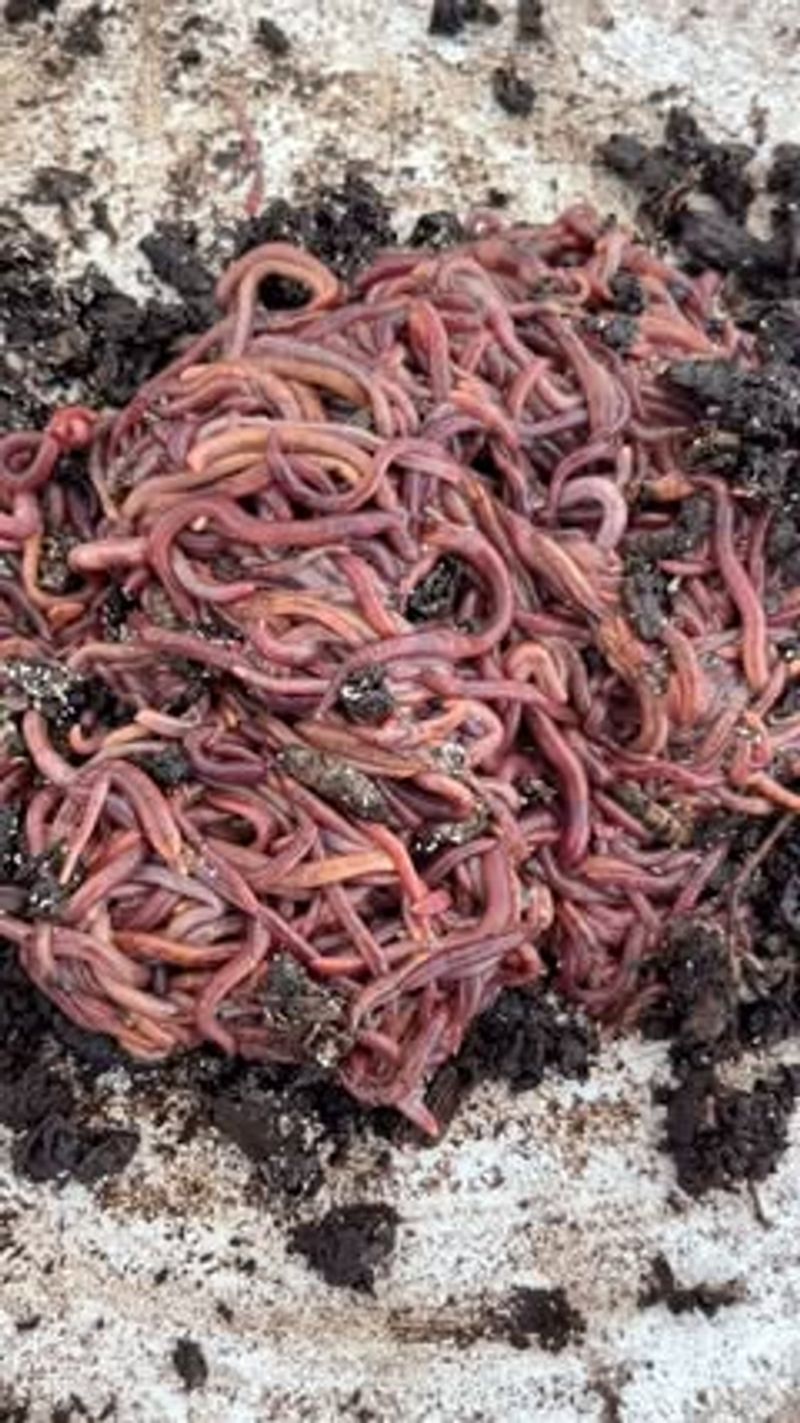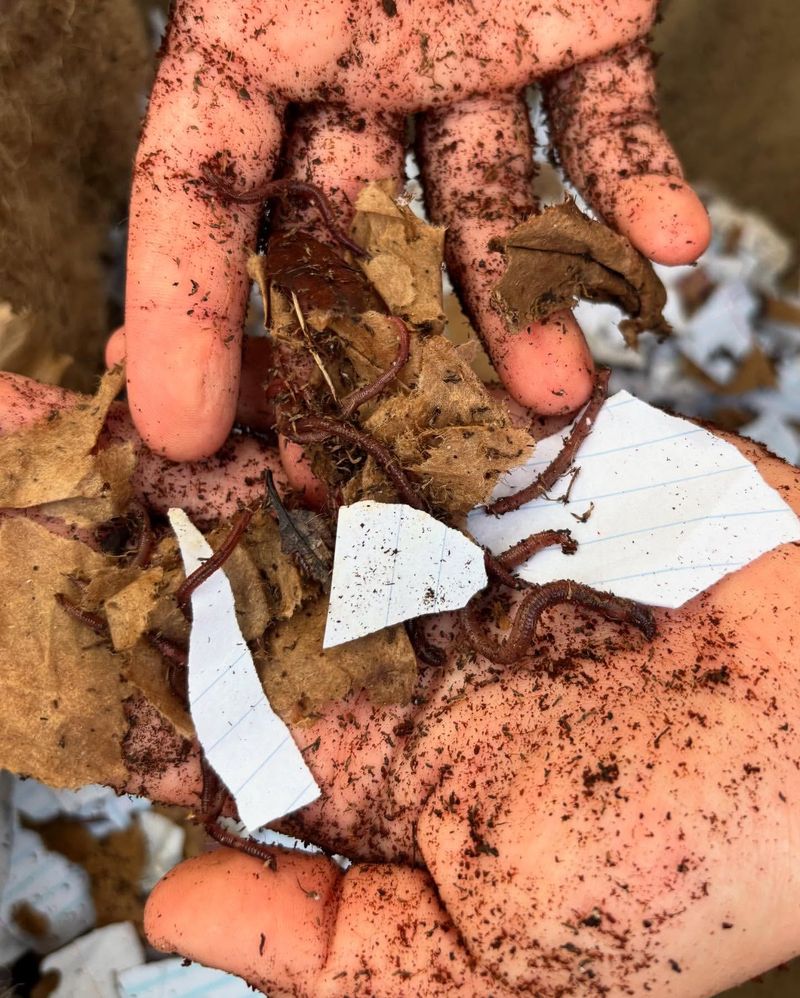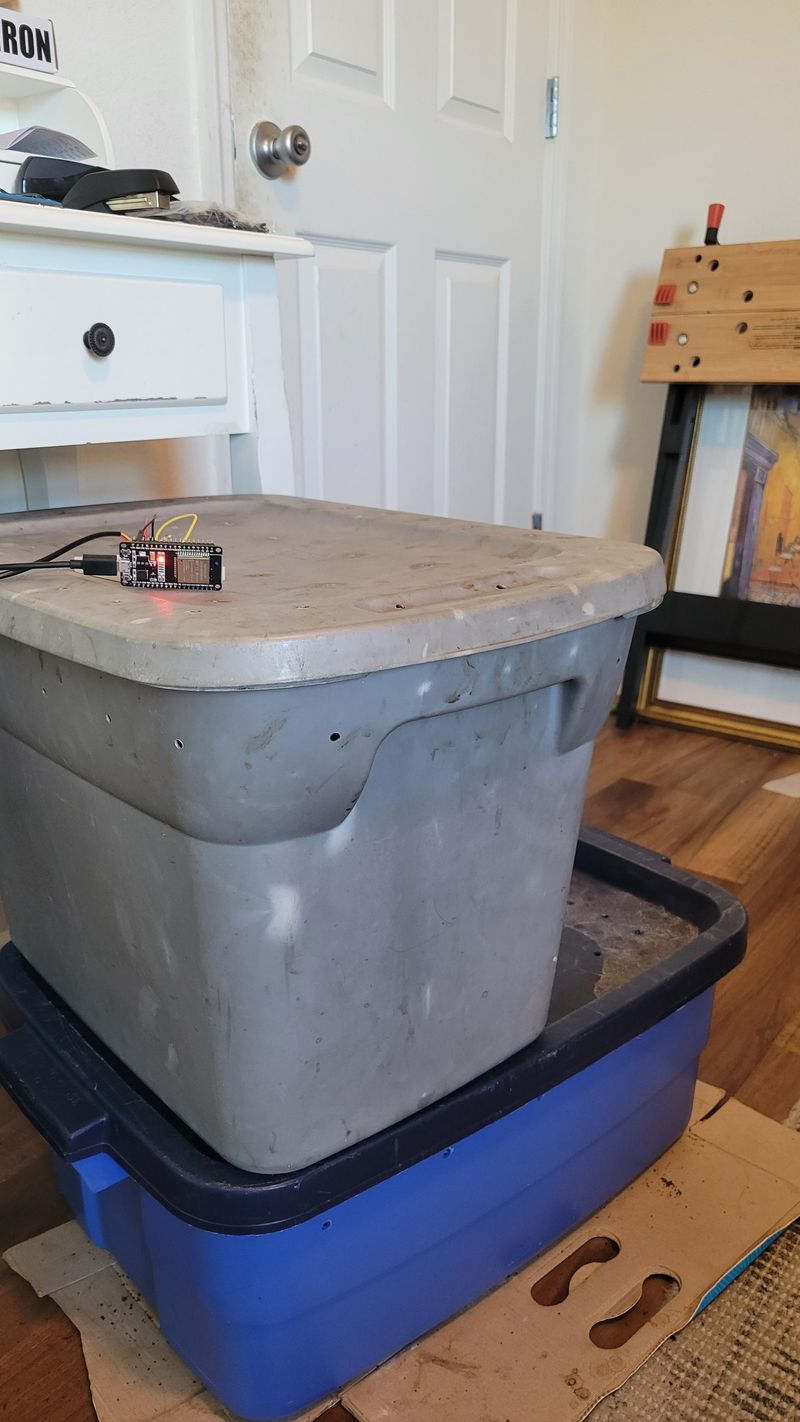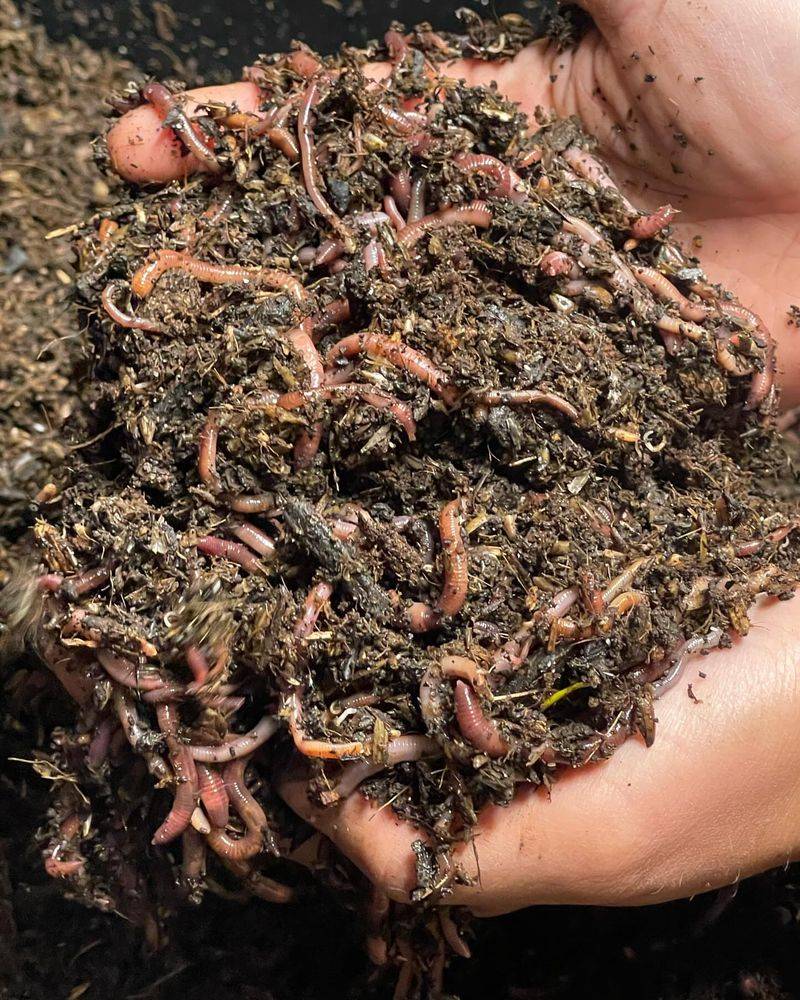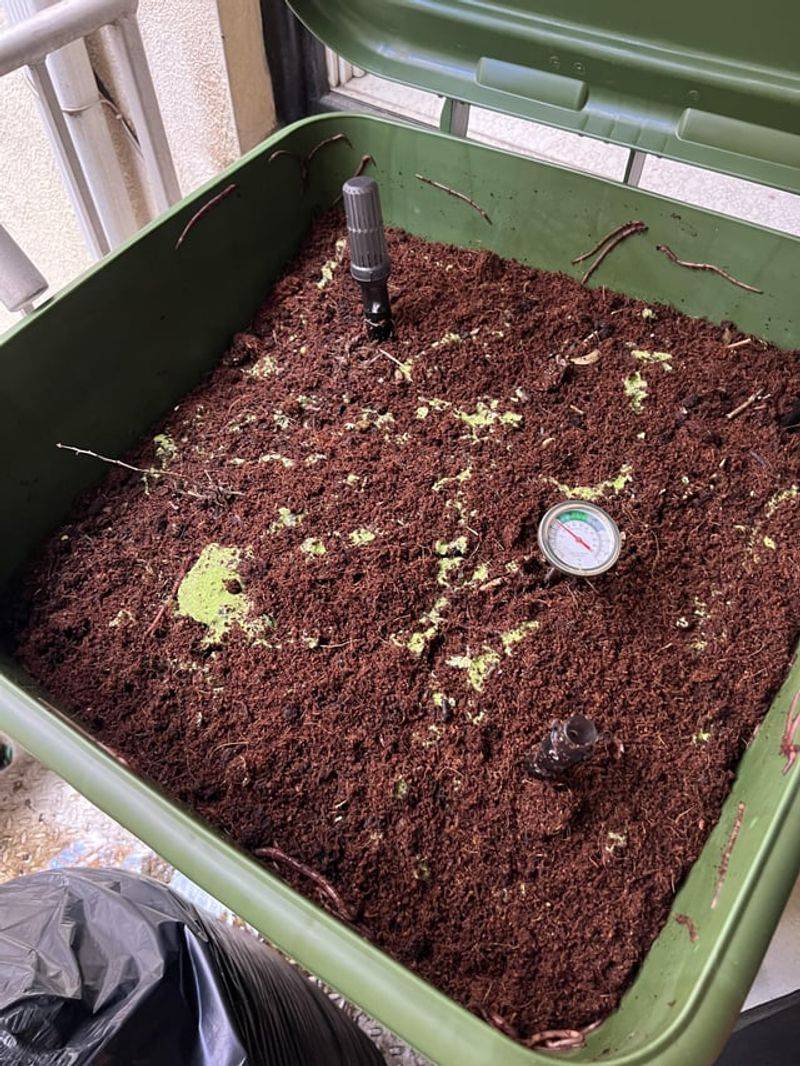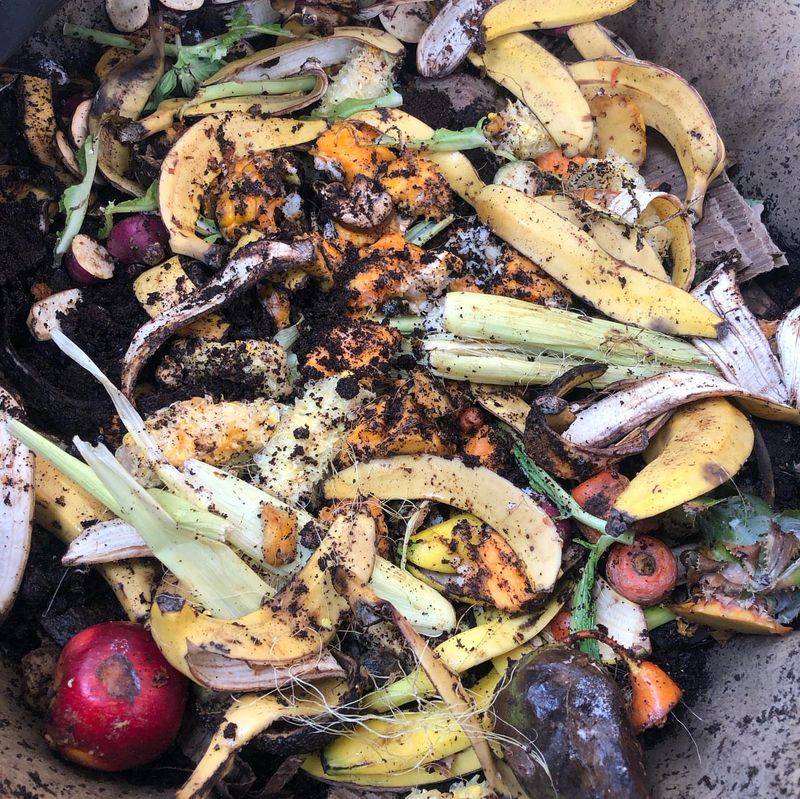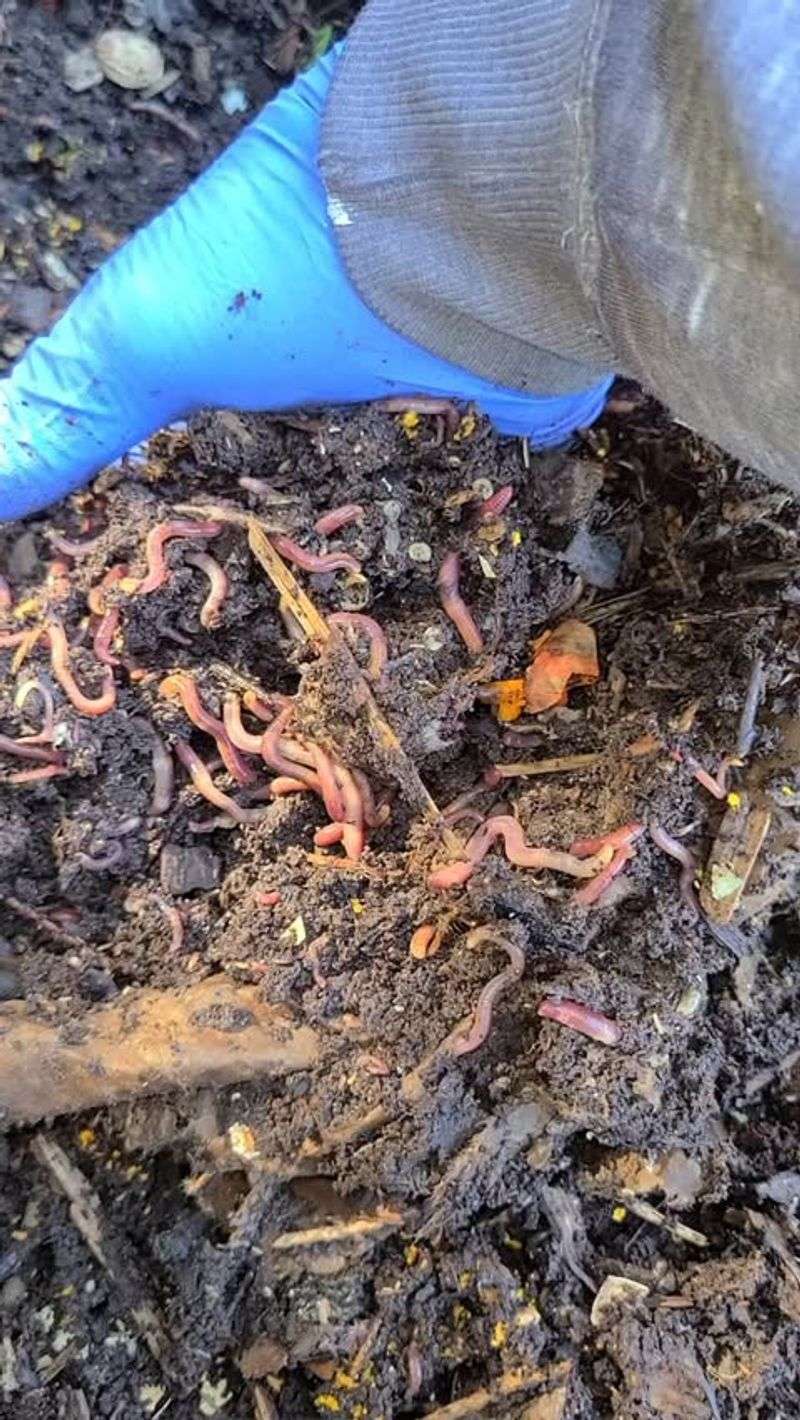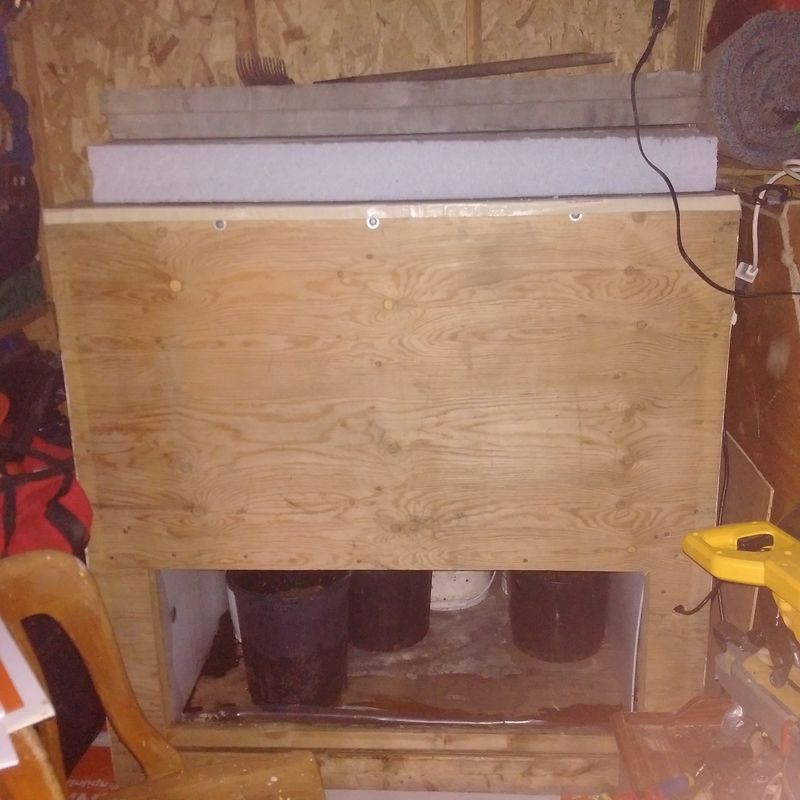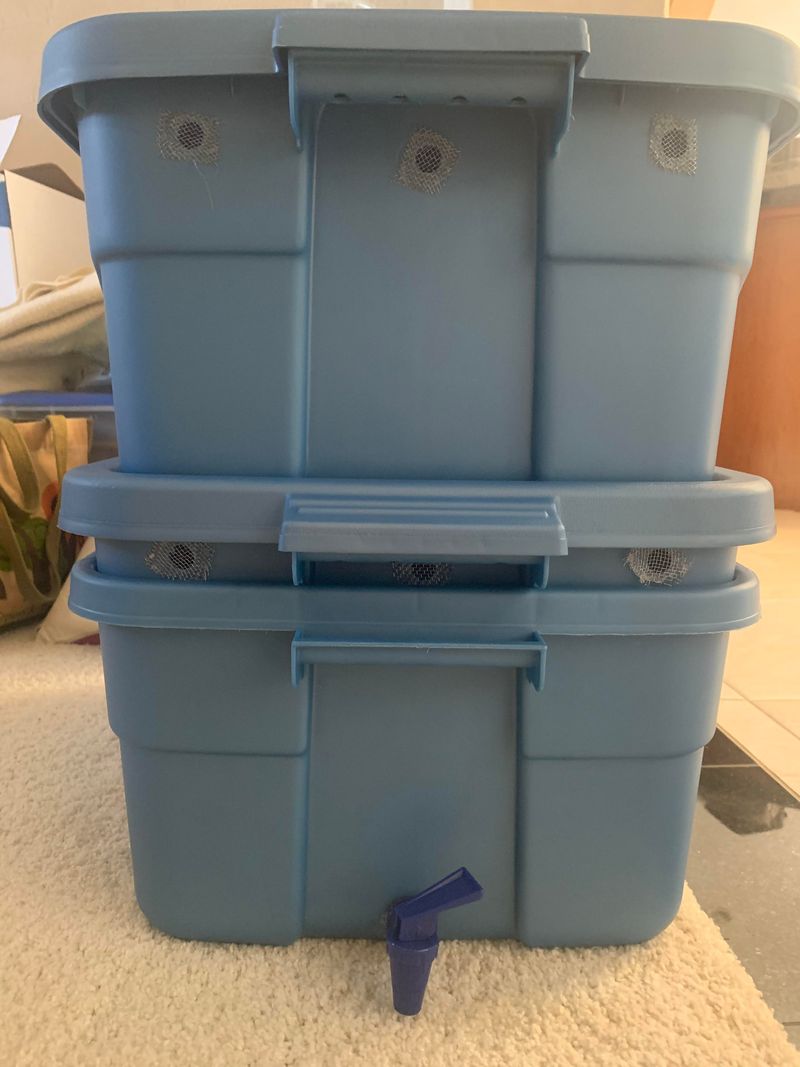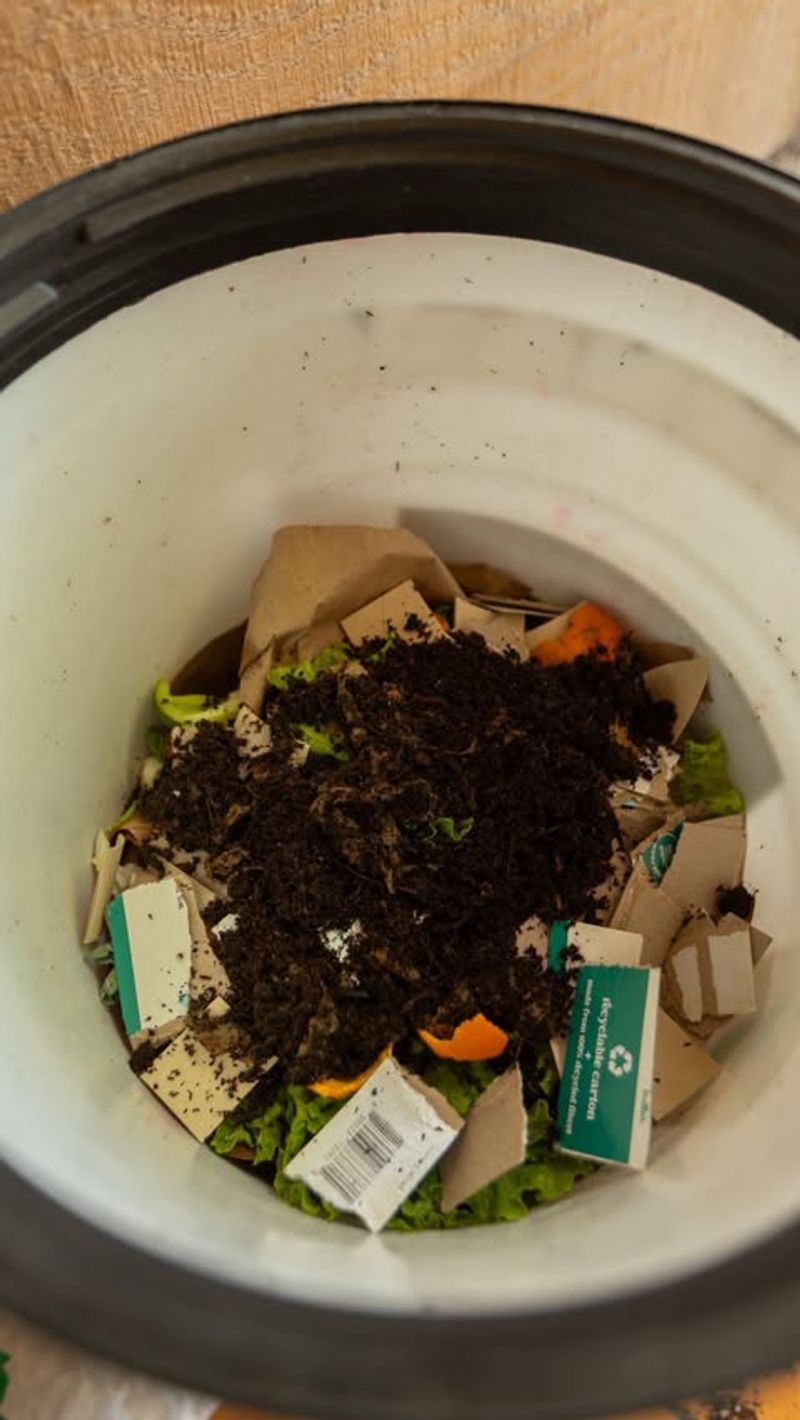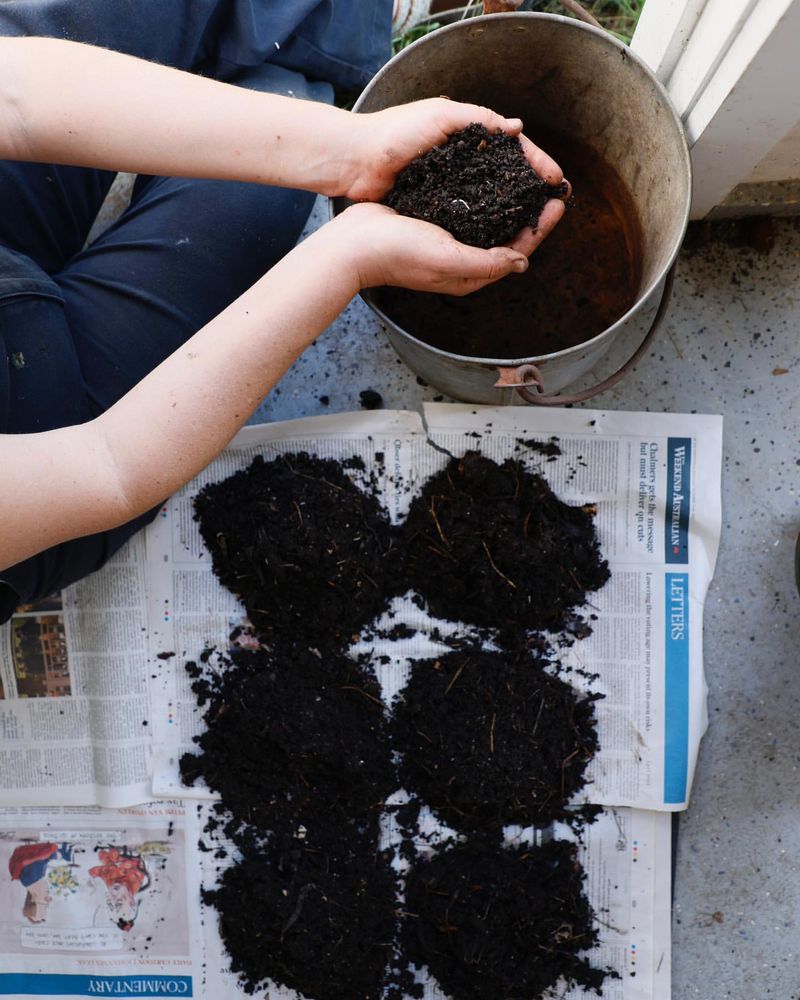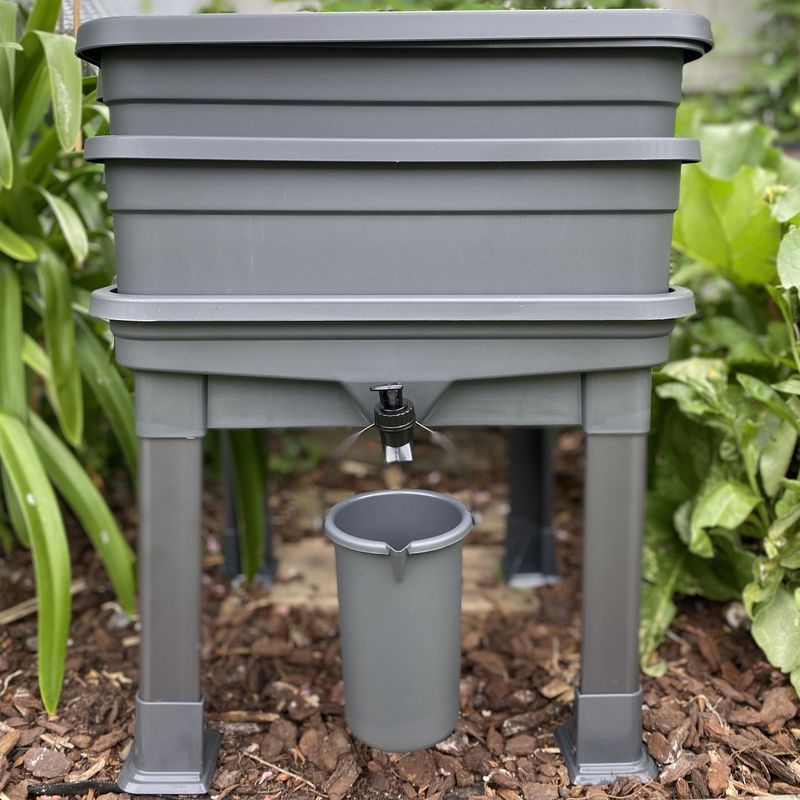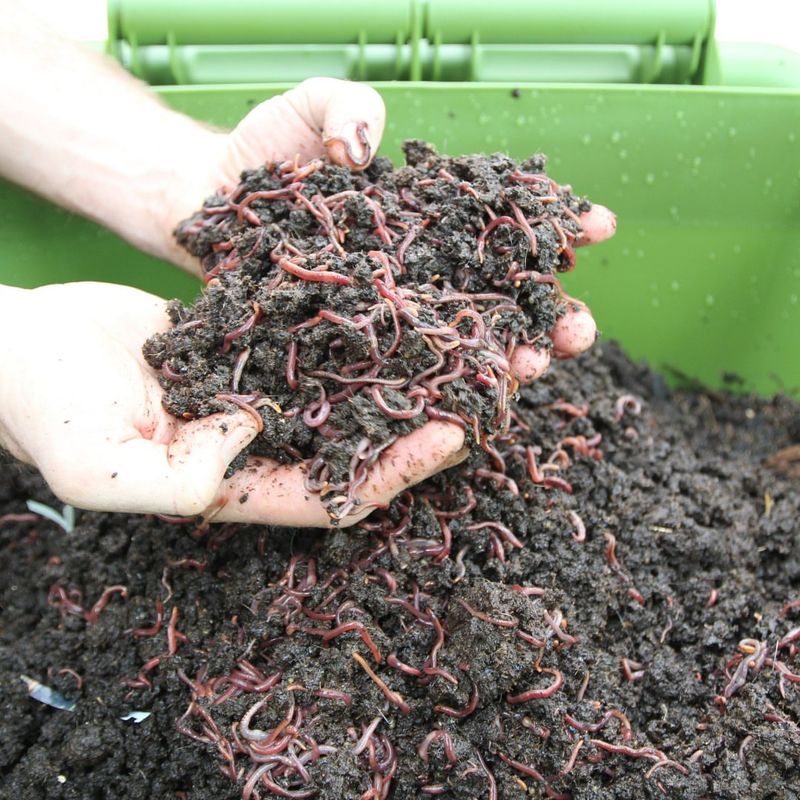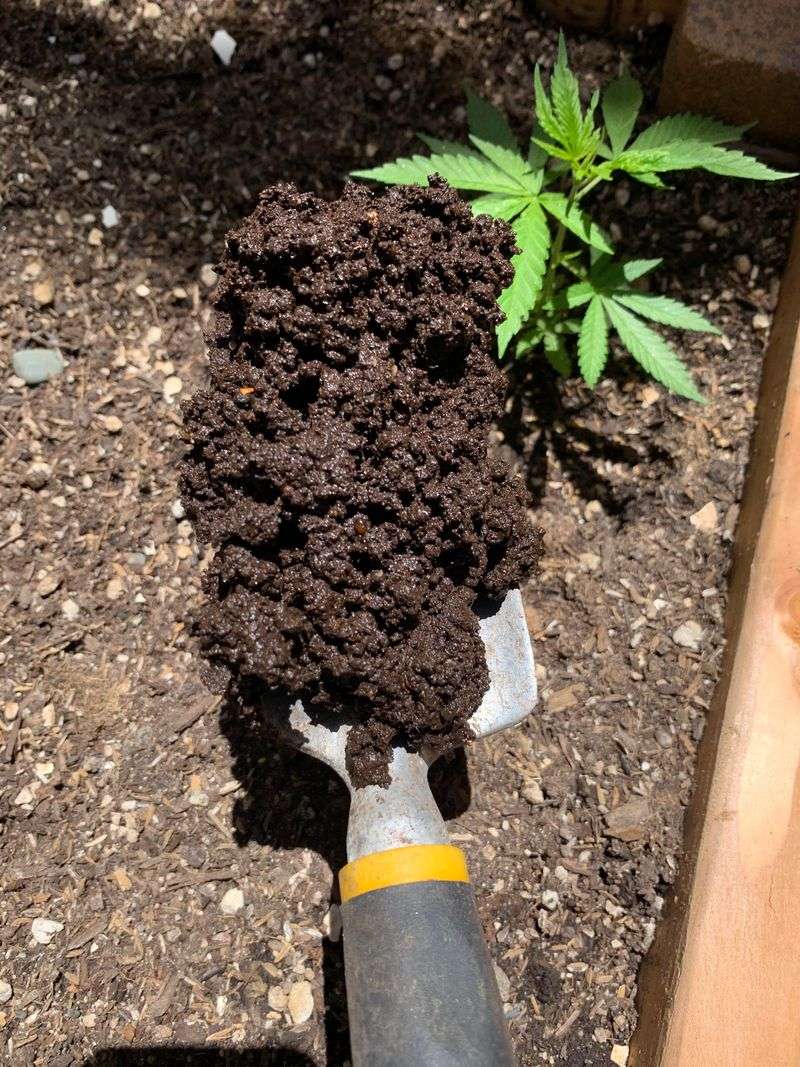Nebraska gardeners know that healthy soil is the secret to thriving plants, and a worm farm is a simple way to boost it. I love setting up my own at home—it’s surprisingly easy and endlessly rewarding.
Worms turn scraps into rich compost that your garden will thank you for all season. With just a few containers and some patience, you can create a little ecosystem right in your kitchen or backyard.
Making your own worm farm is a fun, hands-on way to nourish plants naturally and reduce waste.
1. Choose Your Container
Plastic bins work perfectly for Nebraska worm farms since they retain moisture well during our dry summers. Look for a container that’s about 8-12 inches deep with a lid to keep things dark and moist.
Drill small air holes in the sides and drainage holes in the bottom. Nebraska gardeners often stack two bins, using the bottom one to collect valuable worm tea for garden fertilizer.
2. Select the Right Worms
Red wigglers (Eisenia fetida) are your best buddies for vermicomposting in Nebraska’s climate. These little dynamos process food waste much faster than earthworms you’d dig up from your Nebraska garden.
Order them online or find them at local fishing supply stores. One pound (about 1,000 worms) makes a perfect starter colony and will multiply when happy in their new Nebraska home.
3. Prepare Perfect Bedding
Shredded newspaper makes excellent worm bedding that works well in Nebraska’s fluctuating humidity. Tear it into 1-inch strips and fluff it up before adding to your bin. Avoid glossy colored pages that contain toxins.
Moisten the bedding until it feels like a wrung-out sponge. Many Nebraska worm farmers also add a handful of garden soil to introduce beneficial microorganisms to the new environment.
4. Create Worm-Friendly Conditions
Worms thrive between 55-77°F, making Nebraska basements ideal year-round locations. During extreme weather, move your bin to maintain consistent temperatures—too hot or cold can stress your wriggly workers.
Cover the bedding with a damp piece of cardboard to retain moisture, especially important during Nebraska’s dry winter months when indoor heating can quickly dry out your bin.
5. Add Your Worms Properly
Place your worms on top of the bedding and watch them burrow down to escape light. Don’t just dump them in—gently spread them across the surface and give them time to adjust to their new Nebraska home.
Leave the lid off with a light shining for the first hour. This encourages worms to dig deeper into the bedding, helping them acclimate faster to the conditions unique to your Nebraska worm farm.
6. Start Feeding Gradually
Wait 1-2 days before offering food to your worms. Begin with small amounts—about a cup of kitchen scraps for your Nebraska bin—and bury it under the bedding in one corner.
Nebraska worm farmers find success rotating feeding areas around the bin. This prevents food from accumulating in one spot and gives worms time to process each serving before adding more to a different section.
7. Feed Appropriate Foods
Worms love fruit and vegetable scraps, coffee grounds, and tea bags. Chop larger pieces smaller to speed decomposition in your Nebraska bin, especially during cooler months when worm activity naturally slows.
Avoid meat, dairy, oils, and citrus which can create odors or make the bin too acidic. Nebraska gardeners often add crushed eggshells to provide calcium and help maintain proper pH balance.
8. Maintain Proper Moisture
Nebraska’s climate can swing between humid summers and dry winters, making moisture management crucial. Your worm bedding should always feel like a wrung-out sponge—damp but not soggy.
Spritz with water when needed or add moist food scraps if too dry. If your bin becomes waterlogged, add dry bedding material. Nebraska worm farmers often leave bin lids slightly ajar during excessive humidity to prevent moisture buildup.
9. Monitor Bin Temperature
Nebraska’s seasonal extremes require attention to bin temperature. Use a compost thermometer to ensure your worm farm stays between 55-77°F. During winter, basements provide natural insulation against Nebraska’s freezing temperatures.
In summer, avoid direct sunlight and consider adding ice packs wrapped in towels on extremely hot days. Many Nebraska worm farmers use insulating materials around bins during winter to maintain optimal temperatures.
10. Prevent Pest Invasions
Bury food scraps completely to discourage fruit flies, a common nuisance in Nebraska worm bins during summer months. If flies appear, temporarily stop adding food and cover the surface with extra bedding material.
Keep your bin elevated on bricks or blocks to deter mice and other Nebraska critters looking for a warm meal. A tight-fitting lid with small air holes allows ventilation while keeping unwanted visitors out.
11. Troubleshoot Common Issues
Foul odors usually indicate overfeeding or poor drainage. Cut back on food and add dry bedding to absorb excess moisture, a common issue during Nebraska’s humid summer months.
Worms clustering at the lid or trying to escape means conditions below are unfavorable. Check moisture, temperature, and acidity levels. Nebraska worm keepers often add crushed eggshells or a sprinkle of garden lime to neutralize acidity.
12. Harvest Your Compost
After 3-6 months, your Nebraska worm bin will contain dark, rich compost ready for harvesting. Push the contents to one side and add fresh bedding and food to the empty side.
Worms will migrate toward the food, allowing you to remove finished compost. Nebraska gardeners prize this black gold for garden beds and potted plants, especially for starting spring seedlings after our harsh winters.
13. Collect Worm Tea
The liquid that drains from your worm bin is concentrated plant fertilizer. Place a tray under your Nebraska bin to collect this valuable resource, especially productive during summer months when worms are most active.
Dilute worm tea with water at a 1:10 ratio before applying to plants. Nebraska gardeners report remarkable results using this natural fertilizer on tomatoes and peppers, which thrive in our relatively short growing season.
14. Expand Your System
As your worm population grows, consider adding another bin or upgrading to a larger system. Nebraska’s generous garden spaces often accommodate multiple bins for serious composters who generate more kitchen waste.
Share extra worms with Nebraska neighbors to help them start their own bins. Community gardening groups throughout the state often organize worm-sharing events, creating a network of vermicomposters across Nebraska’s towns and cities.
15. Use Your Compost Wisely
Nebraska’s challenging clay soils benefit tremendously from worm castings. Mix finished compost with garden soil at a 1:4 ratio to improve structure and add nutrients without burning plants.
Make potting soil by combining worm castings with peat moss and perlite. Many Nebraska gardeners create custom seed-starting mixes with their homemade worm compost, giving their vegetable gardens a head start against our shorter growing season.

